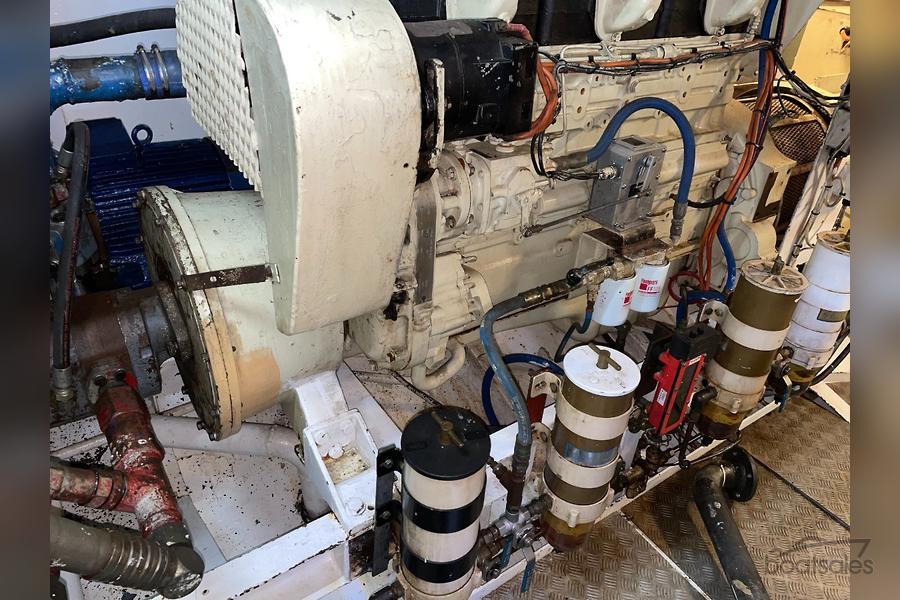Simi 60
Guru
- Joined
- Jul 1, 2016
- Messages
- 5,482
- Location
- Australia
- Vessel Make
- Milkraft 60 converted timber prawn trawler
At the same time got the quote on the hydraulic generator
HYDRAULIC GEN 3.5KW SINGLE PHASE
NO OUTLET $2,694.40
HYDRAULIC GEN 5KW SINGLE PHASE
NO OUTLET $3,444.80
Really are a nice set up, I could plug this into the gearbox with ball valve on-off
And remote mount on the other side of the bulkhead with the inverter charger feet away from it.
Would definately have this over a Balmar/Wakefield type arrangement.
HYDRAULIC GEN 3.5KW SINGLE PHASE
NO OUTLET $2,694.40
HYDRAULIC GEN 5KW SINGLE PHASE
NO OUTLET $3,444.80
Really are a nice set up, I could plug this into the gearbox with ball valve on-off
And remote mount on the other side of the bulkhead with the inverter charger feet away from it.
Would definately have this over a Balmar/Wakefield type arrangement.


